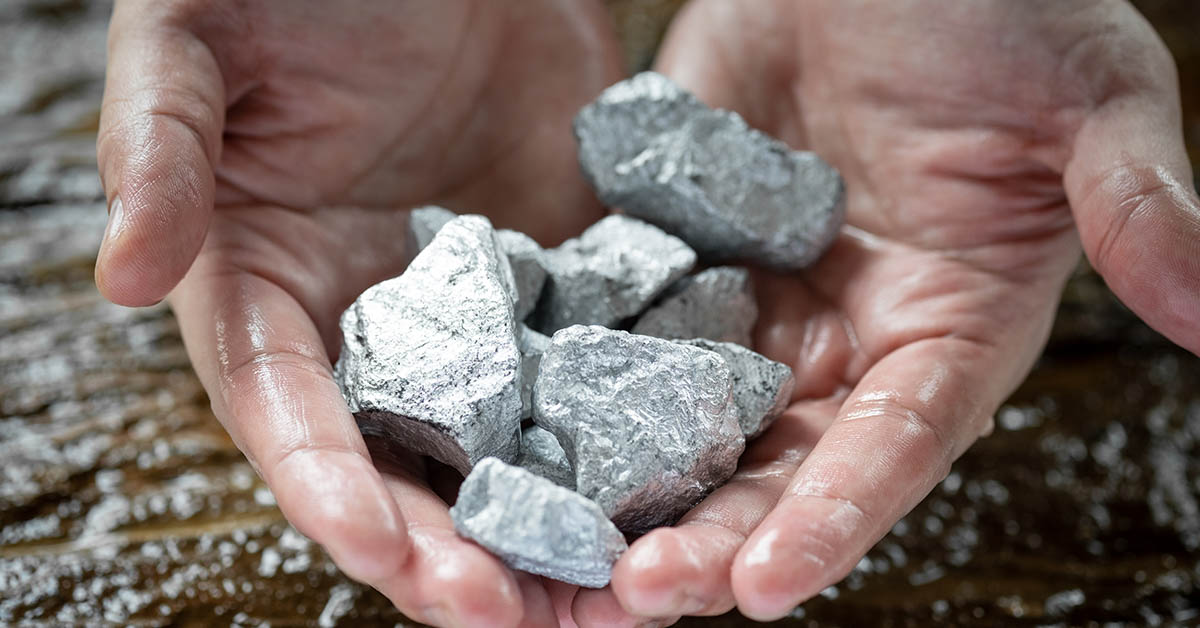Japan has made a significant discovery that could reshape its economic and technological landscape. Researchers from the University of Tokyo and The Nippon Foundation have uncovered an extensive deposit of rare minerals on the seabed near Minami-Tori-shima island. This find includes around 230 million tons of valuable manganese nodules containing cobalt, nickel, and other essential elements.1 These minerals are crucial for the production of electric vehicle (EV) batteries, making the discovery potentially worth billions.
Details of the Discovery
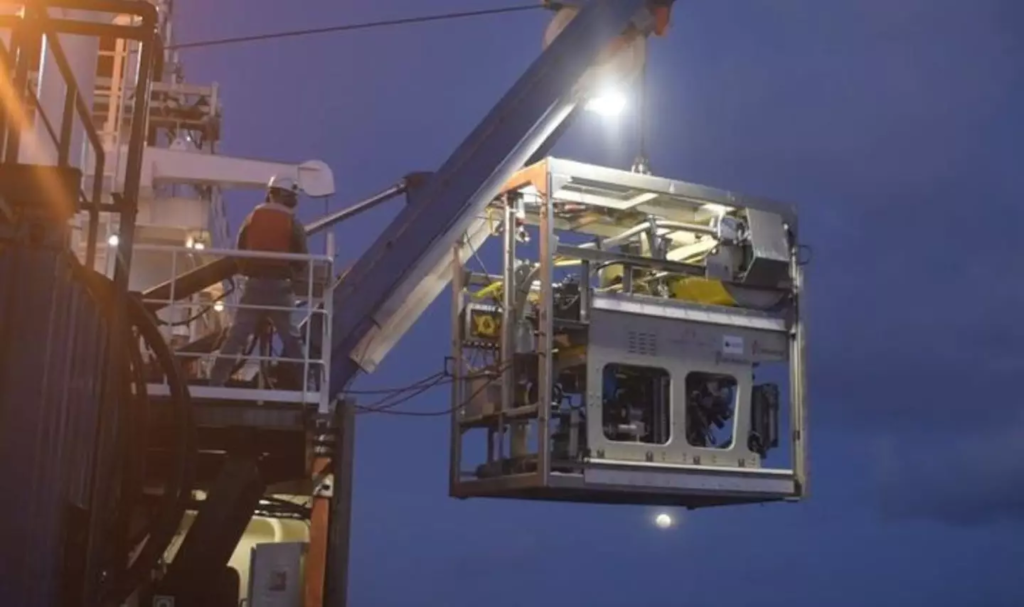
The survey, conducted between April and June 2024, involved a detailed examination of over 100 seabed sites using remotely operated underwater vehicles. Researchers guided these probes to depths ranging from 5,200 to 5,700 meters, where they confirmed the presence of dense rare mineral nodules. These nodules are believed to have formed over millions of years as metals in the ocean attached themselves to fish bones and other materials on the seabed.
Read More: Japan Approves Scientist’s Plan to Create World’s First Humanimals
Composition and Significance
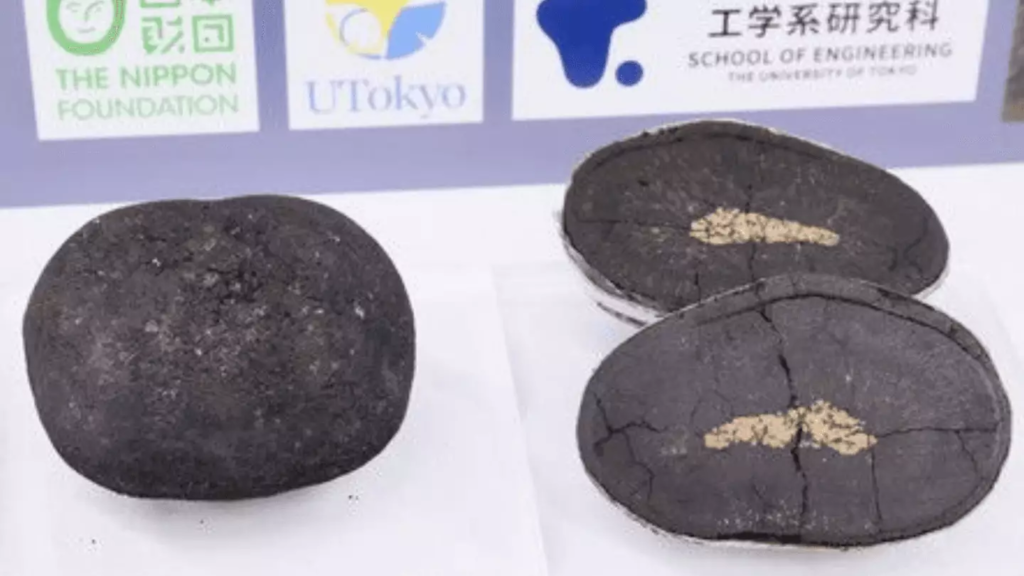
The analysis revealed that the rare mineral nodules are rich in cobalt and nickel, with an estimated 610,000 metric tons of cobalt and 740,000 metric tons of nickel. These quantities are equivalent to 75 years of Japan’s annual cobalt consumption and 11 years of its nickel needs.2 Additionally, the deposits contain significant amounts of copper and other valuable elements, further enhancing their economic potential.
Historical Context and Formation
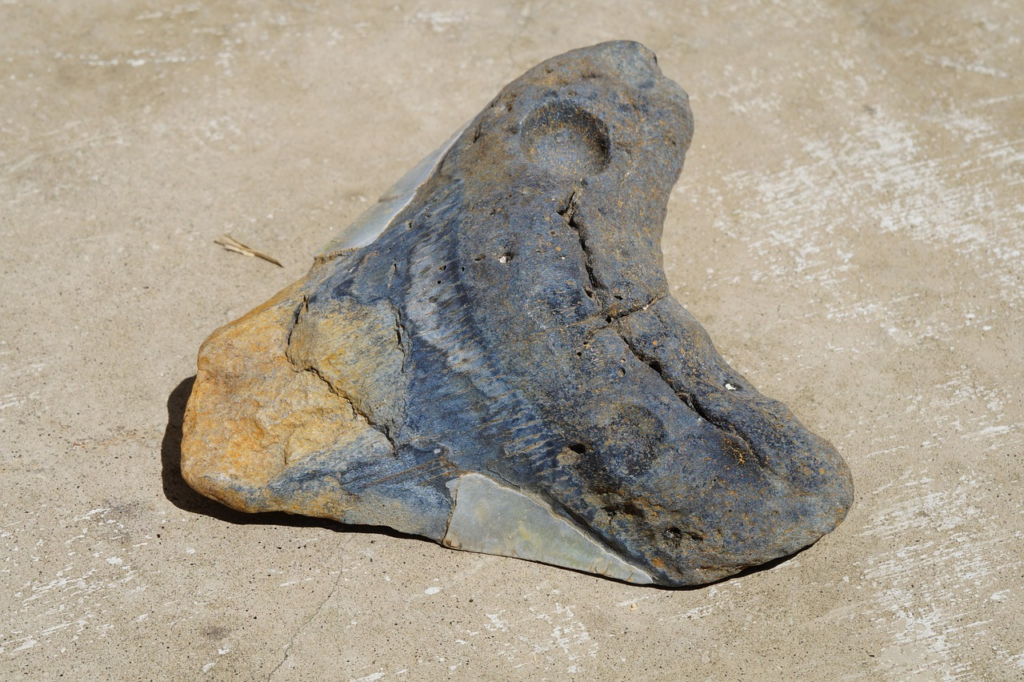
Interestingly, these manganese nodules were initially discovered during a 2016 survey. Experts noted that multiple rare mineral nodules had formed around the teeth of the Megalodon, a prehistoric shark that lived between 23 and 3.6 million years ago. This historical context underscores the lengthy geological processes that contributed to the formation of these deposits.
Plans for Commercialization

Following the recent survey, experts are keen to commence commercialization by 2025. Yasuhiro Kato, a professor specializing in resource geology at the University of Tokyo, stated that excavators plan to lift ‘three million tons annually’ from the deposits. This large-scale extraction will utilize overseas mining vessels to lift several thousand tons of nodules daily while minimizing environmental impact.
Economic and Strategic Implications

The discovery is seen as a ‘jackpot’ for Japan’s EV industry. By harnessing these rare seabed resources, Japan can significantly reduce its dependency on imported minerals, ensuring a stable supply for its burgeoning EV market.3 This domestic supply chain could boost Japan’s economic growth and technological development, positioning it as a leader in the global EV market.
Read More: This office in Japan is designed for employees to be able to nap
Environmental Considerations

Despite the potential economic benefits, there are major concerns about the environmental impact of deep-sea mining. Kato emphasized the need to minimize the ecological footprint of the extraction process. The team plans to collaborate with private sector companies and researchers from multiple disciplines to develop environmentally friendly technologies and high-performance materials from these new resources.
Future Prospects
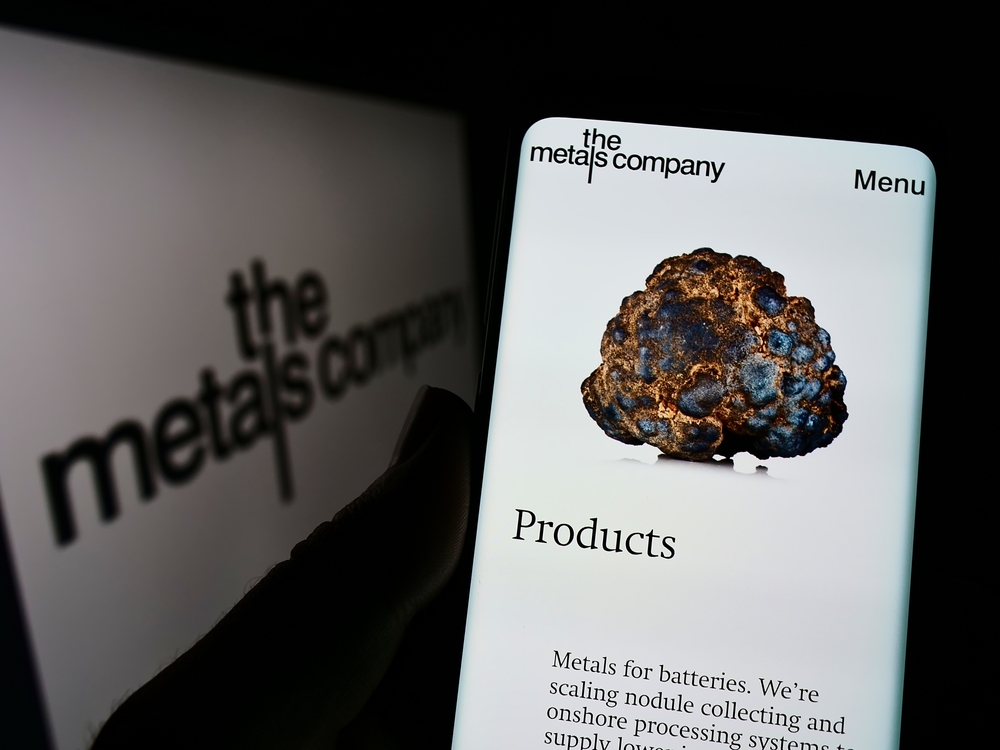
Harvesting the materials on a commercial scale is expected to begin in 2026. While deep-sea mining presents technical and environmental challenges, the rewards are substantial. The global demand for minerals like nickel and cobalt is projected to rise dramatically as EV adoption increases. This discovery positions Japan to capitalize on this growing market, potentially leading to significant economic gains.
Conclusion
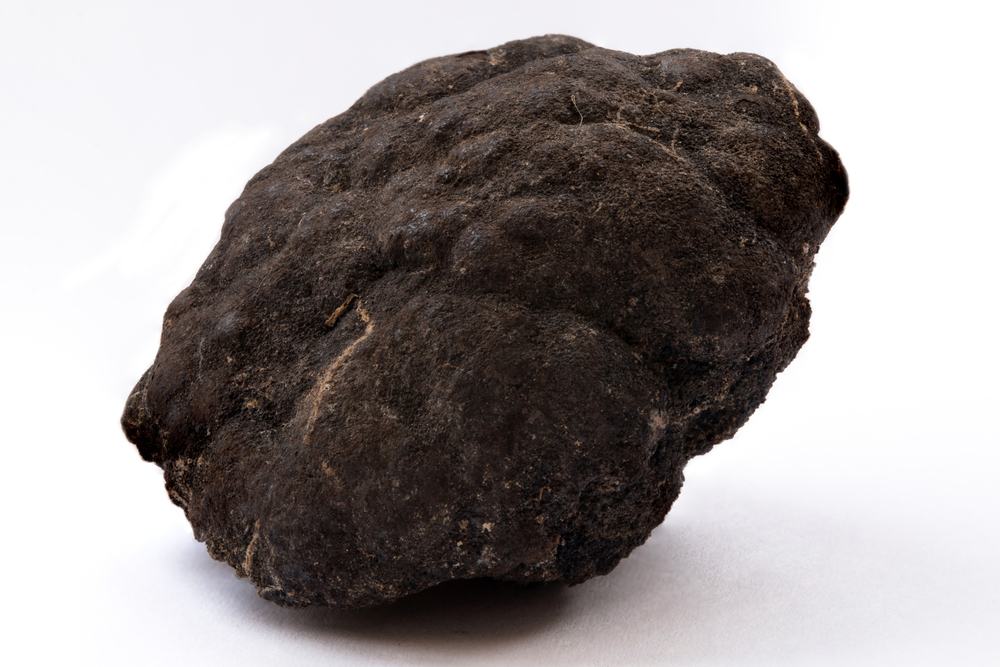
Japan’s discovery of 230 million tons of rare minerals near Minami-Tori-shima island represents a major breakthrough with far-reaching implications. As the world shifts towards sustainable energy and electric vehicles, these seabed resources could play a crucial role in meeting future demand. With careful management and innovative technologies, Japan stands to benefit enormously from this valuable find, securing its place in the global mineral supply chain.
Read More: Japan is Dropping a Gargantuan Turbine into the Ocean to Harness ‘Limitless’ Energy
Sources
- https://www.unilad.com/news/world-news/japan-discover-metal-deposits-electric-car-batteries-985119-20240627
- https://www3.nhk.or.jp/nhkworld/en/news/20240621_27/
- https://www.businessinsider.com/japan-found-enough-minerals-island-to-build-evs-for-decades-2024-6#:~:text=Researchers%20have%20found%20230%20million,underway%20to%20find%20new%20supplies
